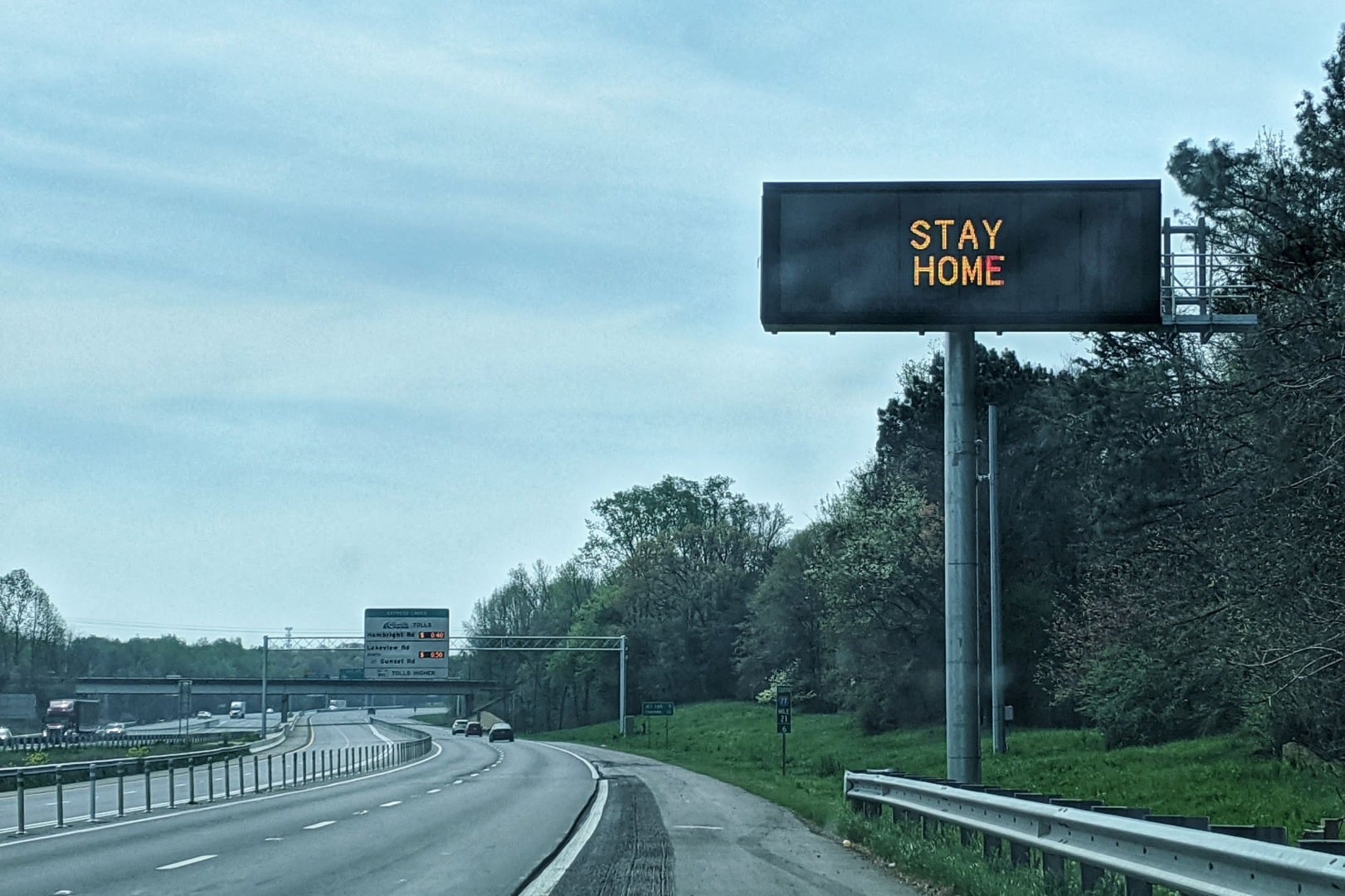‘Follow the science” has been the battle cry of lockdown supporters since the Covid-19 pandemic began. Yet before March 2020, the mainstream scientific community, including the World Health Organization, strongly opposed lockdowns and similar measures against infectious disease.
That judgment came from historical analysis of pandemics and an awareness that societywide restrictions have severe socioeconomic costs and almost entirely speculative benefits. Our pandemic response, premised on lockdowns and closely related “non-pharmaceutical interventions,” or NPIs, represented an unprecedented and unjustified shift in scientific opinion from where it stood a few months before the discovery of Covid-19.
In March 2019 WHO held a conference in Hong Kong to consider NPI measures against pandemic influenza. The WHO team evaluated a quarantine proposal—“home confinement of non-ill contacts of a person with proven or suspected influenza”—less indiscriminate than the Covid lockdowns. They called attention to the paucity of data to support this policy, noting that “most of the currently available evidence on the effectiveness of quarantine on influenza control was drawn from simulation studies, which have a low strength of evidence.” The WHO team declared that large-scale home quarantine was “not recommended because there is no obvious rationale for this measure.”
A September 2019 report from Johns Hopkins University’s Center for Health Security reached a similar conclusion: “In the context of a high-impact respiratory pathogen, quarantine may be the least likely NPI to be effective in controlling the spread due to high transmissibility.” This was especially true of a fast-spreading airborne virus, such as the then-undiscovered SARS-CoV-2.
These studies drew on historical experience. A separate 2006 WHO study concluded that “forced isolation and quarantine are ineffective and impractical,” based on findings from the Spanish flu pandemic of 1918. It pointed to the example of Edmonton, Alberta, where “public meetings were banned; schools, churches, colleges, theaters, and other public gathering places were closed; and business hours were restricted without obvious impact on the epidemic.”
Using data from a 1927 analysis of the Spanish flu in the U.S., the study concluded that lockdowns were “not demonstrably effective in urban areas.” Only in isolated rural areas, “where group contacts are less numerous,” did this strategy become theoretically viable, but the hypothesis wasn’t tested. While the study found some benefits from smaller-scale quarantines of patients and their families during the 2003 SARS outbreak, it concluded that a fast-spreading disease, combined with “the presence of mild cases and possibility of transmission without symptoms,” would make these measures “considerably less successful.”
Medical historian John Barry, who wrote the standard account of the 1918 Spanish flu, concurred about the ineffectiveness of lockdowns. “Historical data clearly demonstrate that quarantine does not work unless it is absolutely rigid and complete,” he wrote in 2009, summarizing the results of a study of influenza outbreaks on U.S. Army bases during World War I. Of 120 training camps that experienced outbreaks, 99 imposed on-base quarantines and 21 didn’t. Case rates between the two categories of camps showed “no statistical difference.” “If a military camp cannot be successfully quarantined in wartime,” Mr. Barry concluded, “it is highly unlikely a civilian community can be quarantined during peacetime.”
Fair use excerpt. Read the whole article here.


